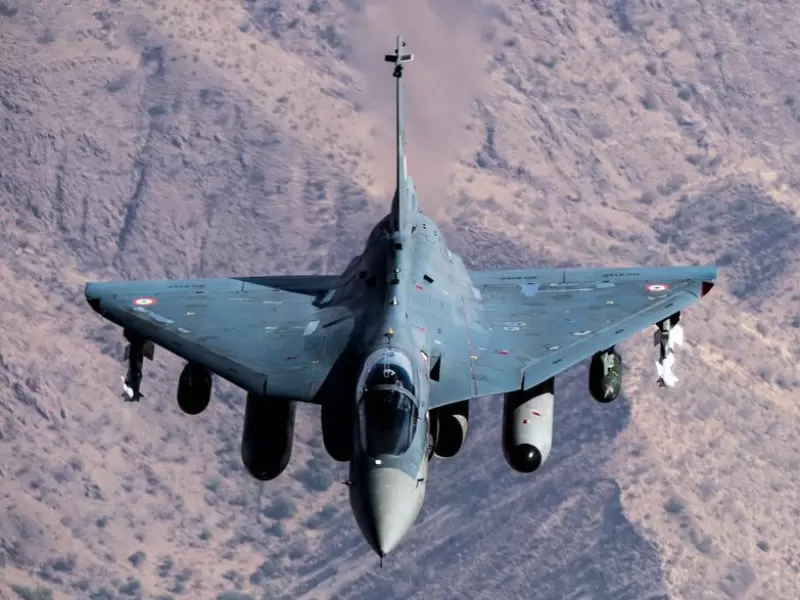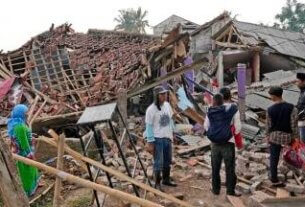India finalized a $7 billion deal on September 25 for 97 Tejas fighter jets, which are designed and manufactured domestically, as its air force phases out the Russian MiG-21 fleet after many years of operation. As one of the largest arms importers globally, India has prioritized modernizing its military and has consistently pushed to enhance local production. This order for Tejas fighters is among the largest in terms of the number of jets ordered by India at once. The first of these jets—Tejas translates to “brilliance” in Hindi—was introduced into the air force in 2016, with the latest order being for an upgraded model, the Mk-1A. India’s Ministry of Defence announced that it has “signed a contract with Hindustan Aeronautics Limited (HAL) for the procurement of 97 Light Combat Aircraft (LCA) Mk1A, which includes 68 fighters and 29 twin-seaters.” HAL is a government defense firm, and over 100 Indian companies participated in the manufacturing process, with the aircraft featuring “an indigenous content of over 64 percent,” according to the ministry. The delivery of these aircraft is set to begin in 2027-28 and will be completed over six years, the ministry added. New Delhi is aware of threats from various countries, particularly neighboring Pakistan. India experienced a four-day conflict in May, marking their most significant clash since 1999. Both nations claimed victory, each asserting they shot down the other’s jets. Defense Minister Rajnath Singh stated that the aircraft would “enhance defense readiness.” He added, “This contract demonstrates the trust and confidence of the government and the Armed Forces in the indigenously developed Tejas aircraft, which will be a cornerstone of the IAF (Indian Air Force) in the future.
” India plans to hold a flypast ceremony at a major air force base in Chandigarh on Friday, marking the final flight of their Soviet-era MiG-21s that have been operational since the 1960s. An estimated 36 MiGs will conclude their service.India inducted a total of 874 MiG-21s, which participated in various conflicts. However, these aircraft also experienced approximately 400 crashes, resulting in the deaths of around 200 Indian pilots over the years, leading to the nickname “flying coffin.” Angad Singh, who co-authored a book about the MiGs, mentioned that New Delhi had “initially intended” to retire the jets by the mid-1990s. Nevertheless, those plans were delayed, and there was “no option” but to upgrade the jets to “extend their service life,” he stated. In April, India finalized a multi-billion-dollar agreement to acquire 26 Rafale fighter jets from France’s Dassault Aviation, which will complement the 36 Rafale fighters already in service. In August, Singh noted that India was collaborating with a French firm to develop and produce fighter jet engines domestically. This came after the announcement in May that New Delhi had approved the prototype for an upgraded Advanced Medium Combat Aircraft (AMCA). This decade, India has established a large helicopter manufacturing facility, launched its first home-built aircraft carrier, warships, and submarines, and successfully conducted a long-range hypersonic missile test. The most recent test involved an Agni-Prime missile with a range of 2,000 kilometers (1,242 miles) on Wednesday, this time mounted on a specialized railway-based system.





